Read about how new legislation impacts Ukrainian immigrants living in the US.


Read about how new legislation impacts Ukrainian immigrants living in the US.

This New York bookstore fills its shelves with immigrant voices.
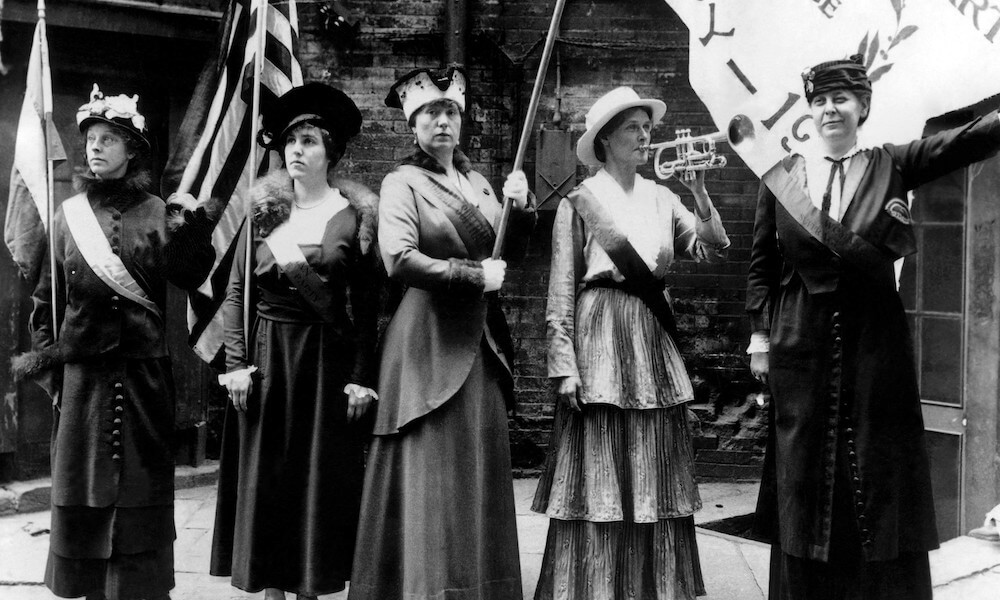
Read about the extraordinary life of Ping-Hua Lee, who not only fought for women’s suffrage, but also the rights of fellow Chinese American immigrants.

Read about how one choir director set immigrant poetry to music, with the proceeds benefitting charity.

Technology is being used to help preserve languages, such as Chickasaw, that have seen a drastic reduction in usage.

Freedom of religion has brought many immigrants to the United States. This article traverses the complex and largely unacknowledged historical struggle for religious tolerance in the United States.

This graphic novel-inspired illustration takes an honest yet humorous look at the process of legal immigration. Click on the image to enlarge it and view details.
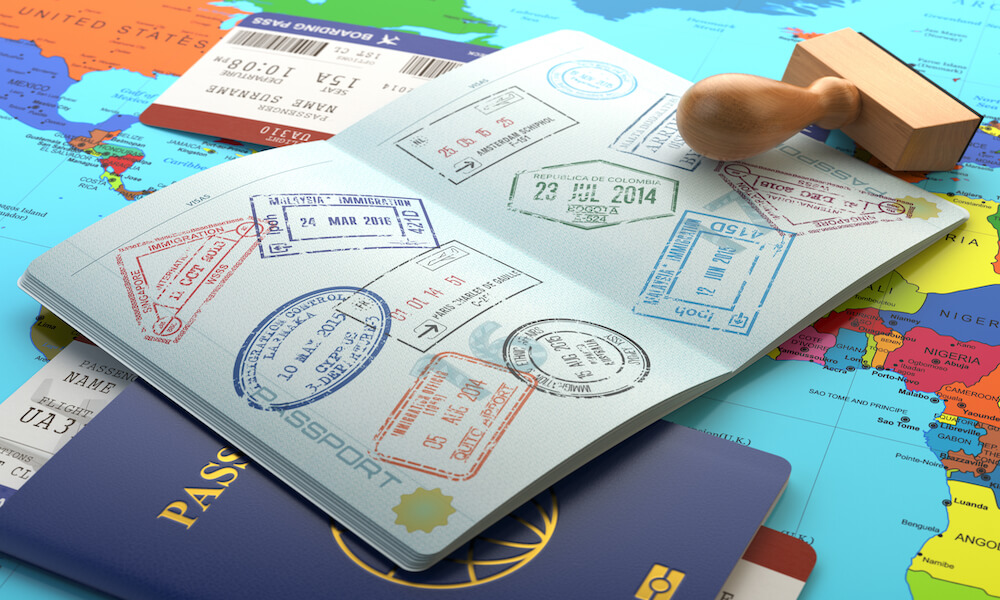
| Castle Garden, originally a Revolutionary Era fort, was repurposed into an amusement park for fashionable New Yorkers in the late 1800s. Then it became the nation’s first immigrant welcome center. Read this short feature to discover how. |

In an important U.S. immigration law milestone, Wong Kim Ark sued the U.S. government to recognize birthright citizenship for children of immigrants. Read the remarkable story here.
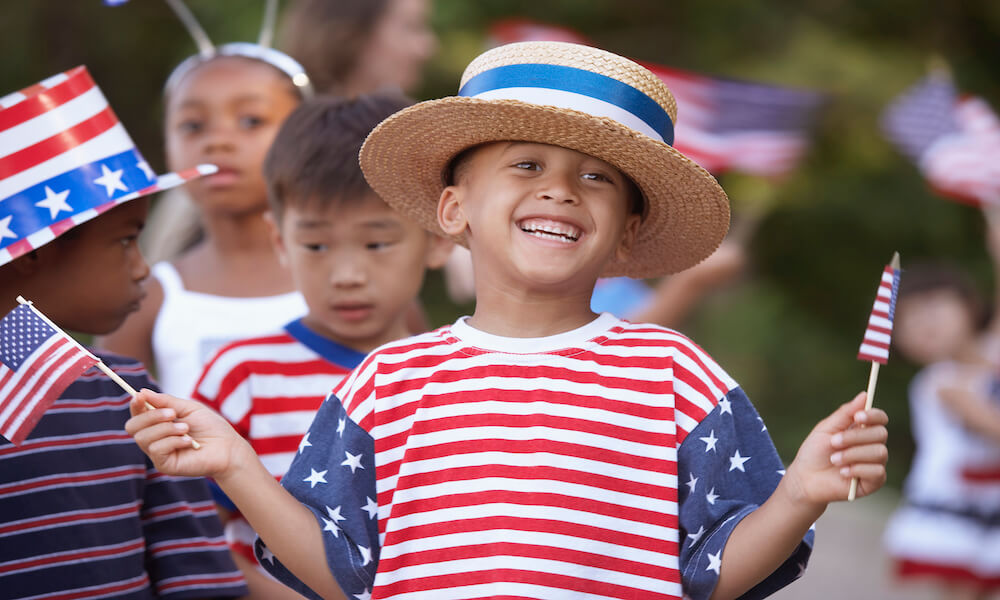
The process of becoming a U.S. citizen has undergone many changes over 200 years. This detailed timeline tells the story.

Read about how ethnic media has provided a link between immigrants’ old countries and their new homes in the United States throughout history.
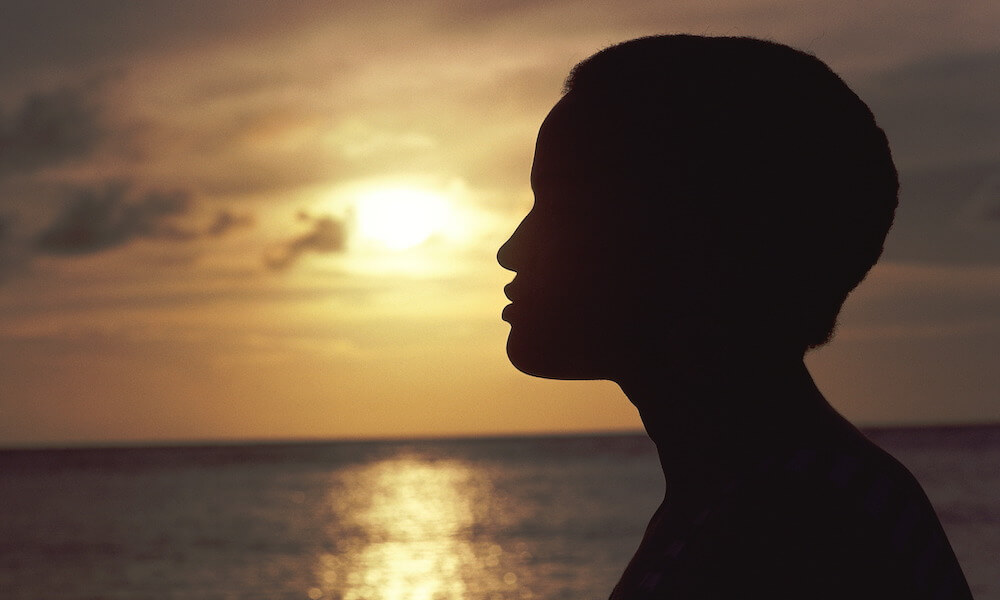
An Angolan woman called Angela was among the first Africans to arrive in the North American territory that would become the United States. Learn more about Angela, the Central African kingdom of Ndongo where she was born, and how she and other captives lived in Jamestown.

In this feature article, Howard Reich describes how the diverse musical traditions of immigrant Jews, Congolese Africans, Mexican mariachi artists and others have been combined to create unique American musical forms.
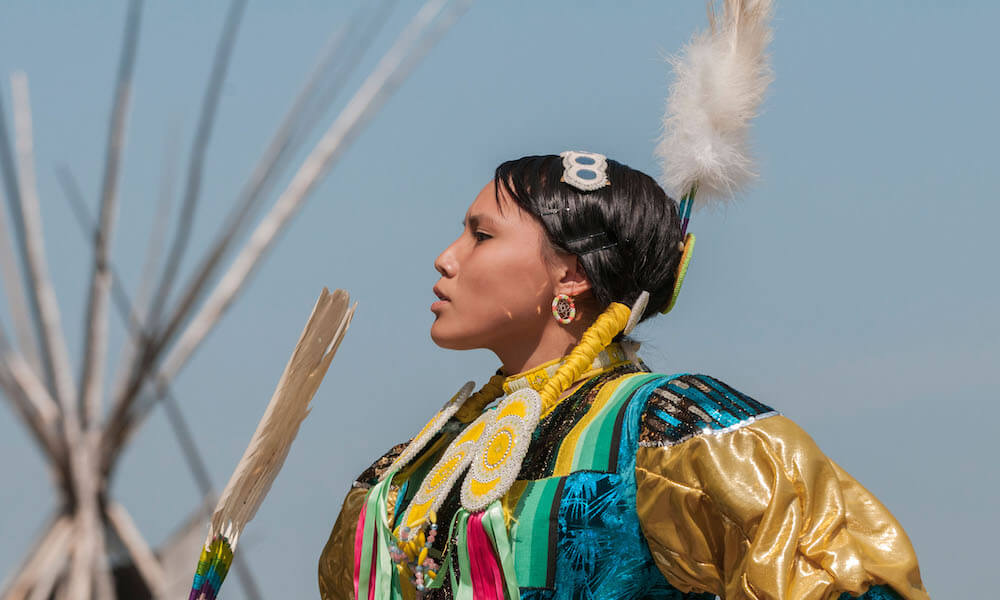
Native American women achieved important but often overlooked accomplishments in the early development of North America. Their success inspired later trailblazing efforts. Read the extraordinary stories of five Native American women whose impact went beyond forging the groundwork of an emerging new nation.
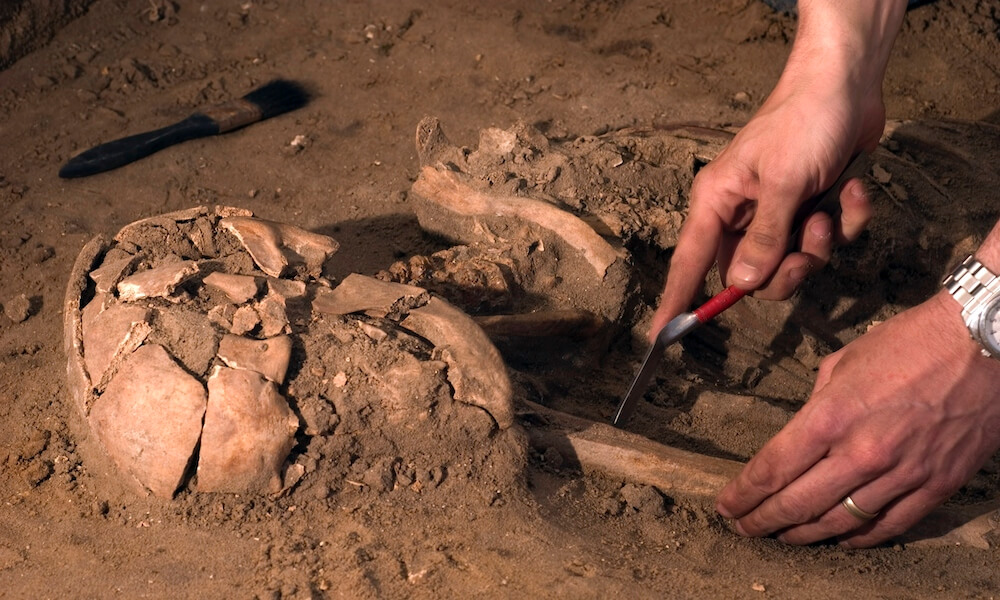
Fugitive African slaves seeking freedom in early America found refuge at St. Augustine. Granted freedom by the Spanish, these skilled laborers eventually established the first legal free black town in the present-day United States.
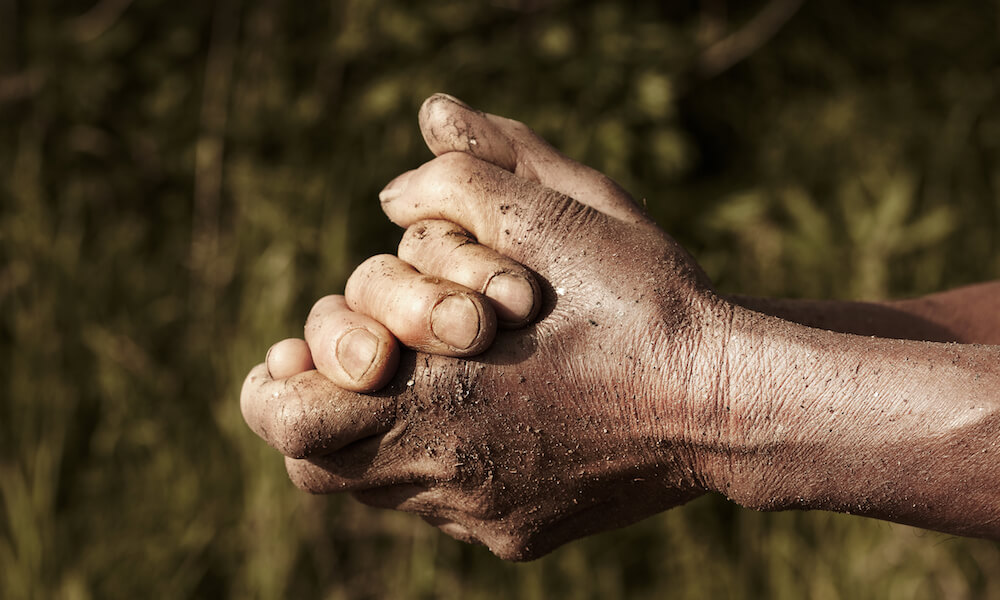
While Thanksgiving can mean many different things to different people, it is important to acknowledge the truth of the holiday and not perpetuate historical inaccuracies.
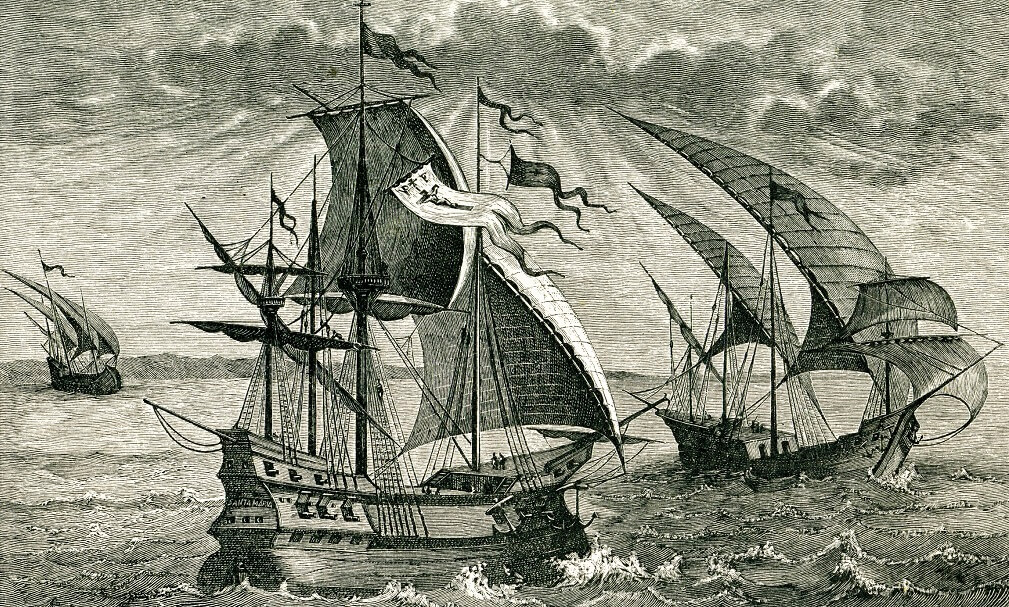
Consider the initial meeting of Arawaks and Europeans through a fresh, critical lens.
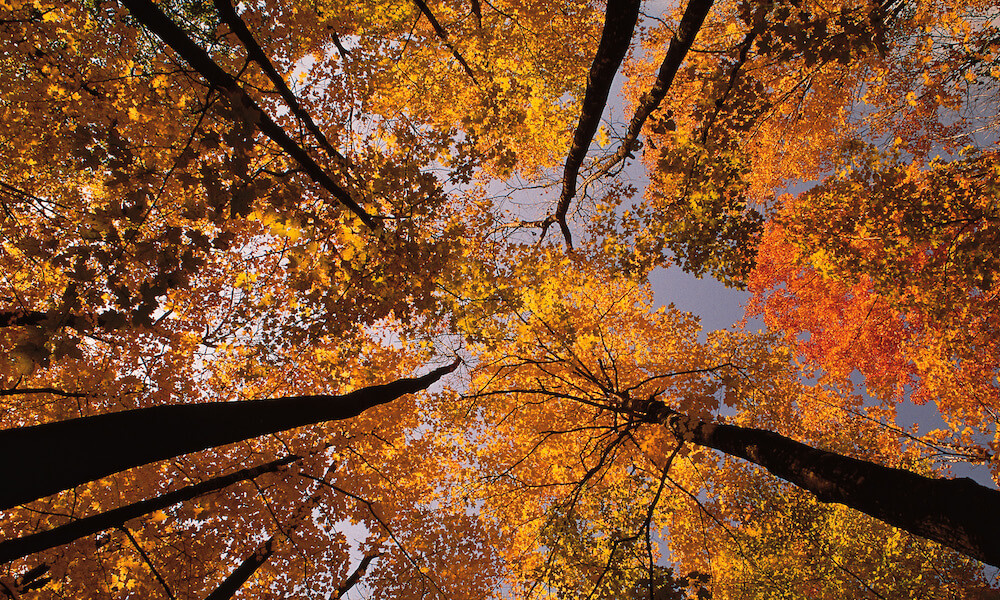
Watch as immigrants create the “tree” of the United States.

Read a current journalist’s thoughts on journalism of the past as it pertains to sentiments on refugees.

In this article, Rob Wile compares the early European settlers to today’s entrepreneurs. Read to find out how the two compare.